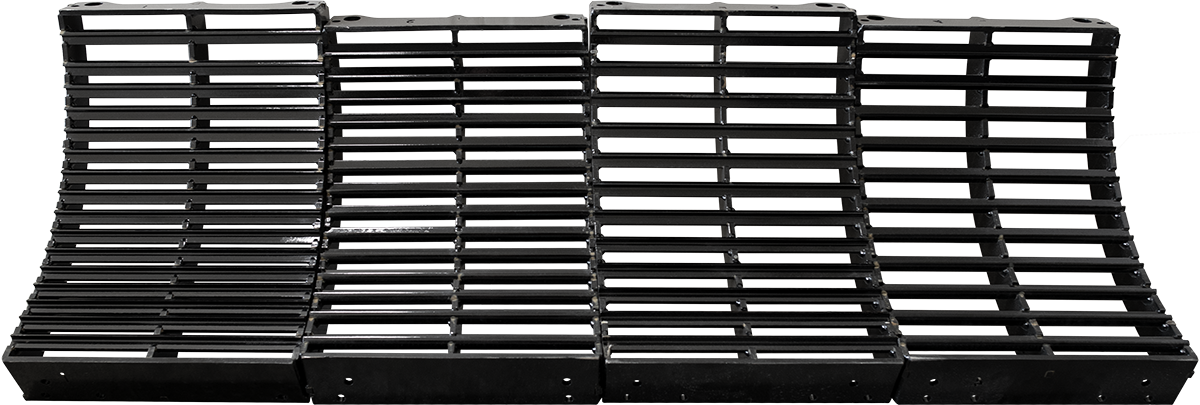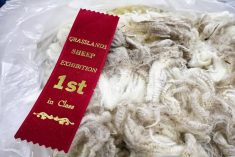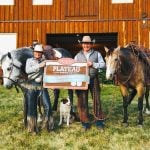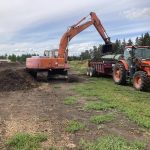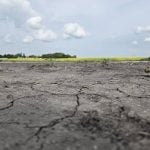New guidelines for disposing of dead livestock on the farm are
available from Alberta Agriculture.
The department’s regional offices have four manuals covering how
producers may incinerate, bury, render or compost the animals. They are
also allowed to dispose of dead animals naturally where they are eaten
by scavengers.
“We don’t recommend they do it because there is a high risk of
disease,” said Kris Chawla, an engineer with Alberta Agriculture.
Furthermore, scavengers may drag body parts across fields, which
Read Also
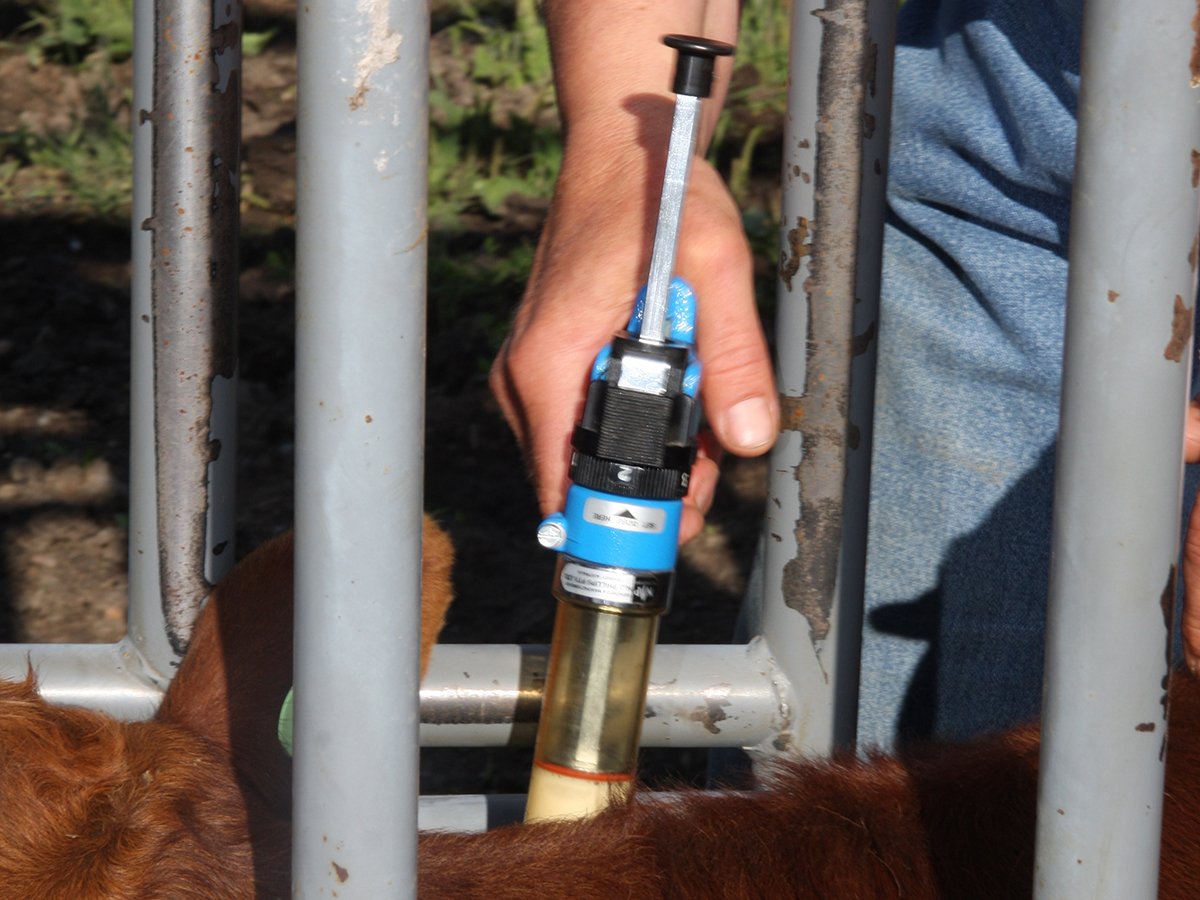
Canada must address potential veterinary drug shortages
If critical products are unavailable when needed, it could result in unnecessary human and animal deaths in the worst-case scenario.
neighbours do not appreciate, he said.
Regulations demand carcasses be disposed of within 48 hours, but often
there are no rendering plants nearby so other options are needed.
For burial, carcasses should be covered with at least 60 centimetres of
compacted soil. The sites must avoid areas with high water tables to
prevent contamination.
On-farm incineration is also allowed, but it is difficult to generate
enough heat to destroy large carcasses completely. Nothing should
remain but ashes. Neighbours have also complained of smell.
“That is the biggest problem, where people don’t use incinerators
properly,” said Chawla.
Composting is recommended for dead swine or poultry. Animal carcasses
weighing less than 100 kilograms break down within three to six months.
Detailed instructions are provided in the manuals. Proper heating at 60
C for three days is required to kill pathogens and ensure proper
decomposition.
Regulations for disposal of dead animals are also included in the
province’s new confined feeding operations legislation, said Chawla.

